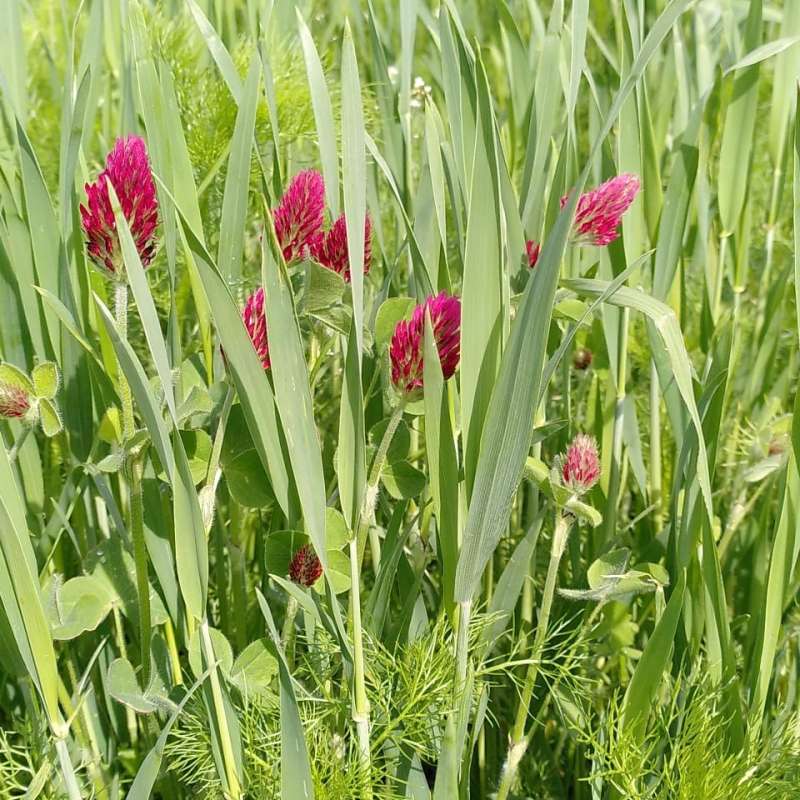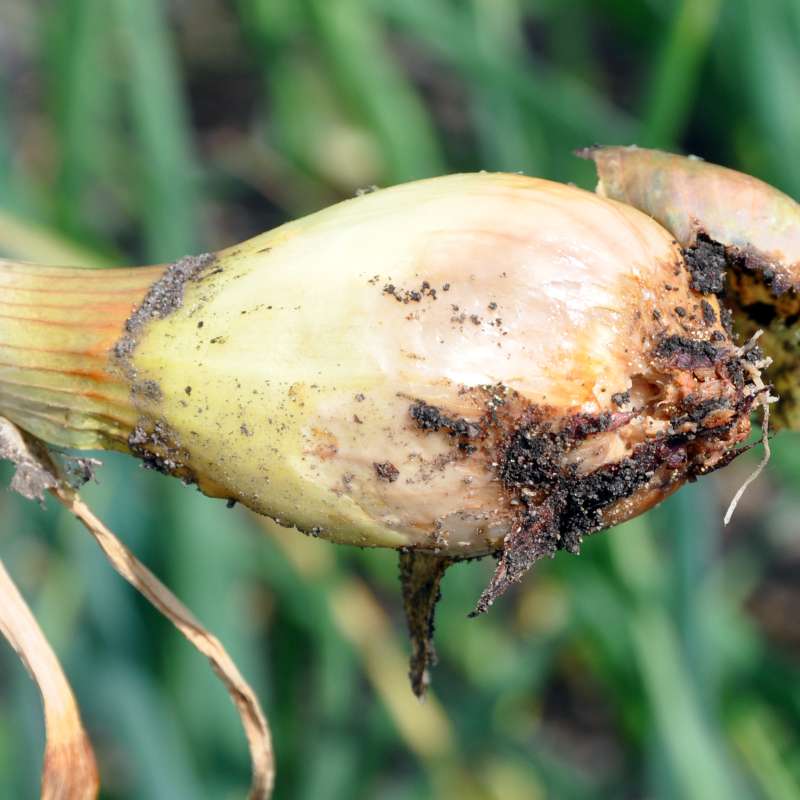Erik Lysøe
Research Scientist
Authors
Nina Johansen Hans Geir Eiken Simeon Rossmann May Bente Brurberg Monica Skogen Marta Bosque Fajardo Borghild Glorvigen Toril Sagen Eklo Finn-Arne Haugen Snorre Hagen Erik LysøeAbstract
Several aphid species pose serious treats to potato crops by causing direct damage to the plants and/or indirectly by transmitting viruses. Different morphological forms and phenotypic plasticity among aphids complicates taxonomy and identification and thus makes targeted pest management in potatoes challenging. To obtain an overview of aphids frequenting potato fields in Norway, we investigated seasonal and annual changes in aphid populations in five potato fields (58–64 °N) over a three-year period (2016–2018), using yellow pan traps. In total 2218 of the 6136 collected aphids were identified by traditional barcoding, meaning sequencing a ~ 650 fragment of the mitochondrial COI gene. This revealed 137 different species, of which 111 were identified at the species level. The remaining were identified only to the genus level, indicating potential novel species. The southernmost sampling location yielded the highest number of species and individual counts, although no clear correlations to climate factors (temperature/precipitation) was observed. Of the 111 species identified, at least 39 are potential vectors of potato virus Y (PVY) and nine species may also transmit potato virus A (PVA). Knowledge on virus vector and non-vector aphid abundance and phenology have the potential to improve pest management of potato cultivation.
Authors
Tatsiana Espevig Kristine Sundsdal Victoria Stornes Moen Kate Entwistle Marina Usoltseva Sabine Braitmaier Daniel Hunt Carlos Guerrero Monica Skogen Erik LysøeAbstract
No abstract has been registered
Abstract
No abstract has been registered

Division of Biotechnology and Plant Health
REKORN: Can regenerative cultivation methods contribute to reduce the risk of fungal diseases in cereals?
Regenerative agriculture is referred to as a bridge between organic and conventional agriculture and has received increased attention in recent years. Regenerative agriculture focuses on soil health and cultivation measures that can stimulate soil life and plant growth. An improvement in soil health is visualized, among other things, in increased carbon storage in the soil, limited soil compaction and increased microbiological diversity. The methods used to improve soil health within cereal cultivation may include crop rotation, reduced tillage, intercropping, use of catch crops and surface composting where plant residues are mixed into the top-soil layer.

Division of Biotechnology and Plant Health
Strategies and methods to manage major pests and diseases of onion (‘QualityOnion’)
Onion fly and Fusarium basal rot represent major threats for sustainable Norwegian onion production. There are substantial gaps in our knowledge regarding these pests such as which Fusarium species infect onions in Norway, what are the main sources of Fusarium inoculum, and how onion fly prevalence is changing through the growing season.
